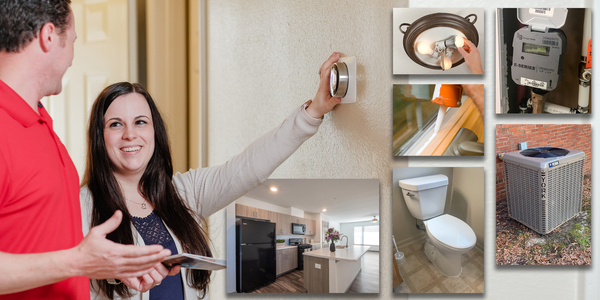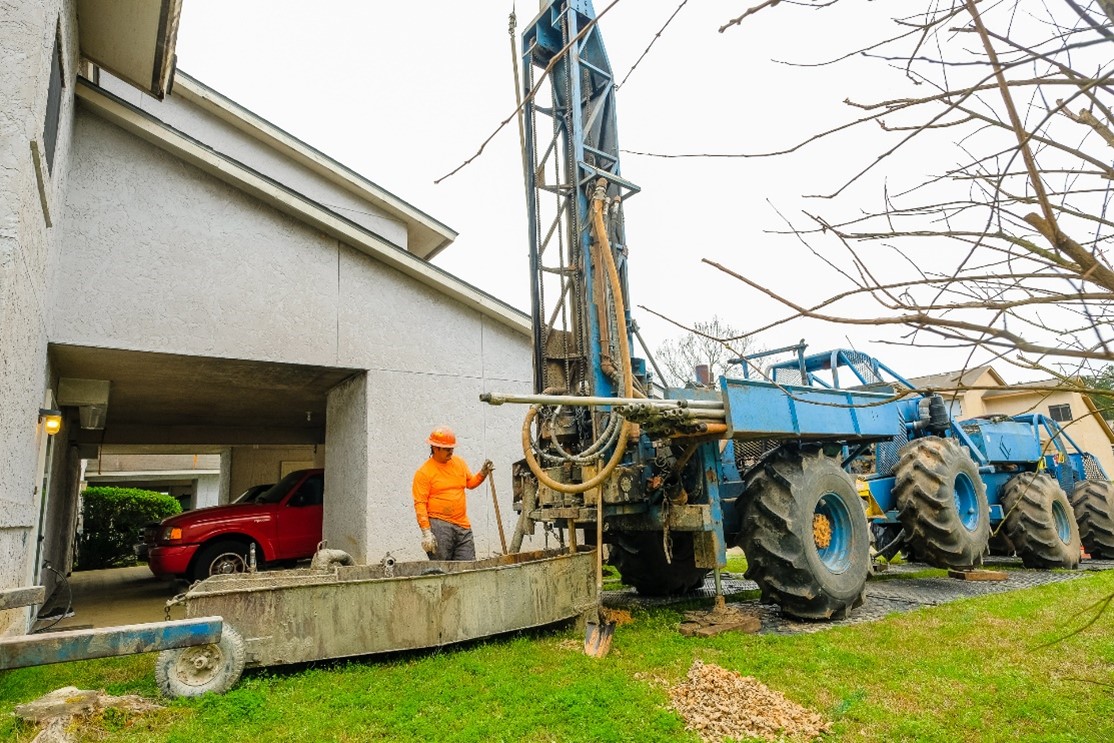 Did you know that energy projects are transforming modern military installations as you read this? The United States military is partnering with private-sector experts to move closer to energy independence and improve security, increase readiness, and enhance resiliency.
Did you know that energy projects are transforming modern military installations as you read this? The United States military is partnering with private-sector experts to move closer to energy independence and improve security, increase readiness, and enhance resiliency.
Corvias is helping support the U.S. Army achieve these goals by bringing low-emission energy technology to residents in more than 22,000 homes at seven military installations. Our newest upgrades will provide even more energy efficiencies to increase significant long-term savings, lessen environmental impacts, and provide an enhanced on-base housing experience to service members and their families.
Why are Energy Projects on Military Installations Important?
Energy projects on military installations are growing in importance. As climate change increasingly becomes a part of our lived reality, the military is working to reduce its environmental impact and become more energy independent. Energy projects can help the military stay ahead of the growing threat of climate change, save money, and find energy alternatives to remain resilient and secure.
In this post, we’ll dive into three of the biggest benefits that energy projects, like the upgrades mentioned above, bring to the military and the greater good. But first, a quick rundown of terms.
- What is energy? In physics, energy is the capacity for doing work. In this case, energy is converted to electricity to power all military operations — including homes on base.
- What is energy efficiency? Energy efficiency is the discipline of using energy resources as effectively as possible. Modern developments like geothermal heating have increased energy efficiency dramatically.
- What is renewable energy? According to the National Renewable Energy Laboratory (NREL), renewable energy uses energy sources that are continually replenished by nature—the sun, the wind, water, the Earth’s heat, and plants. Renewable energy technologies turn these fuels into usable forms of energy—most often electricity, but also heat, chemicals, or mechanical power.
So, why are energy projects on military installations important?
#1 Cost Savings
Modern energy projects are a more efficient way to light and power installations, which can ultimately save money for the military and residents.
For instance, Corvias installed more than 50,000 electric and water saving devices in military homes. This project is predicted to save more than $6 million in the first year alone. The 2,600 geothermal heat pumps Corvias installed in military installations will save a projected $1.5 million annually and provide a total of $40 million in savings throughout the span of the program. Those cost-savings are a major benefit of energy projects for the military, and the money saved can potentially lower utility rates for families living on base.
 More about those 2,600 geothermal heat pumps: Corvias upgraded wells and used heat from the earth to conserve energy. This particular geothermal project, will result in an estimated 75+ million gallons of water, 9.5 million kWh of energy, and $1.5M saved annually. The projected total savings of this program is $40 million.
More about those 2,600 geothermal heat pumps: Corvias upgraded wells and used heat from the earth to conserve energy. This particular geothermal project, will result in an estimated 75+ million gallons of water, 9.5 million kWh of energy, and $1.5M saved annually. The projected total savings of this program is $40 million.
“The amount of energy saved per year at only one military installation from geothermal heat pumps and upgraded wells is equal to removing the CO2 emissions from roughly 1,500 passenger vehicles from the road. This is an incredible milestone for us and just one of many impactful projects on the horizon,” said Pablo Varela, Senior Vice President, Renewable Energy & Utilities Management at Corvias. “As we continue to reinvest in our military communities for renovations, new homes, and quality-of-living improvements like energy-efficient upgrades, we are able to provide even greater value to our partners and to the service members and their families who call our communities home.”
#2 Support for Climate Strategy Goals
The military recognizes climate change as a threat to U.S. national security and the well-being of the American people. In response, the U.S. Department of Defense (DOD) and military branches have set climate strategy goals to reduce greenhouse gas emissions and increase resilience to climate change impacts.
“The Army must adapt across our entire enterprise and purposefully pursue greenhouse gas mitigation strategies to reduce climate risks. If we do not take action now, across our installations, acquisition and logistics, and training, our options to mitigate these risks will become more constrained with each passing year,” says Christine E. Wormuth, Secretary of the Army.
The U.S. Army is working with private sector partners, such as Corvias, to build installations on bases and achieve these goals. “Corvias shares the DoD’s commitment to a resilient and sustainable future,” said Pablo Varela. “We’ve been doing this a long time and are able to apply our proven approach to multiply and grow the program for the U.S. Army.”
As the Army’s climate strategy goals become a reality, military installations will be able to conserve fuel, water, electricity, and other resources—all to increase resilience while saving taxpayer dollars and reducing overall impact on the environment. The benefits also contribute to overall military strategic advantage.
“We will tap into the creativity, capabilities, and commitment of Army professionals operating on every continent. We will use our buying power to drive change in industry and leverage best practices from many sources. We will engage with local communities and foreign partners to ensure mutual readiness and security in a rapidly changing environment,” says Wormuth.
#3 Resiliency and Energy Security
These energy projects make military installations resilient against larger power grid issues and changes in the energy economy. For military branches, energy-efficient and reliable power is essential not only for mission-critical facilities in an emergency or training operation, but for the many families living on-post with their active-duty relatives.
Private sector partners like Corvias are having real impact on the military’s resilience and energy security through energy efficient projects.
For example, at Fort Meade in Maryland, Corvias currently has over 15.8 MW of solar energy and is collaborating with the Army and local utility companies to install an additional 7+ megawatts (MW), for a total of 21MW+ supporting Fort Meade communities.
“Corvias continually develops innovative plans to support the needs of our Army partners and better the communities in which we operate,” said Varela. “Whether it is in the form of water and energy efficiency upgrades or renewable energy, such as geothermals, solar energy, and other innovative solutions, all efforts advance the Army’s readiness and resiliency goals and champion the Army’s global commitment to reducing its carbon footprint and reliance on natural resources.”
Investing in a Sustainable Future
These forward-thinking energy projects are already benefiting military installations and their stakeholders: Conserving resources to save cost, innovating to achieve new climate change goals, and finding alternatives to improve resiliency and provide energy security.
Future Corvias initiatives underway include those related to Energy Savings Performance Contracts (ESPCs), which help eliminate fiscal constraints that can stop a project before it is even conceptualized. Additionally, Corvias is exploring long-duration battery storage systems (BESS) solutions to further support installation resiliency.
“We are working tirelessly to reduce our carbon footprint and electrify homes by eliminating natural gas where possible, to benefit our military partners and residents. Over time, the savings will result in lower and predictable rates, which will allow us to further invest in and return those savings to our military customers,” said Varela.
To learn more about Corvias’ renewable energy solutions, visit: https://www.corvias.com/our-services/energy-management
